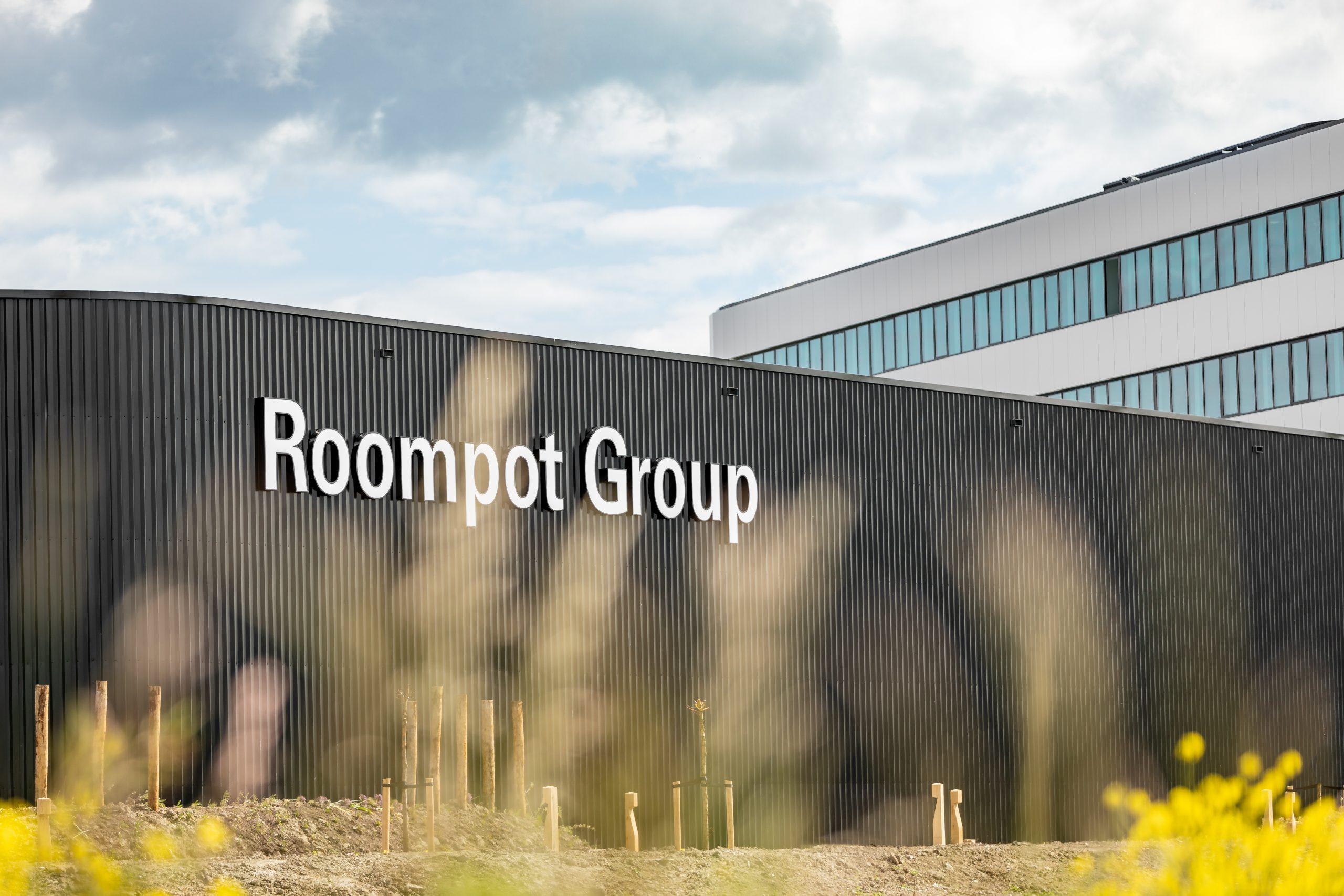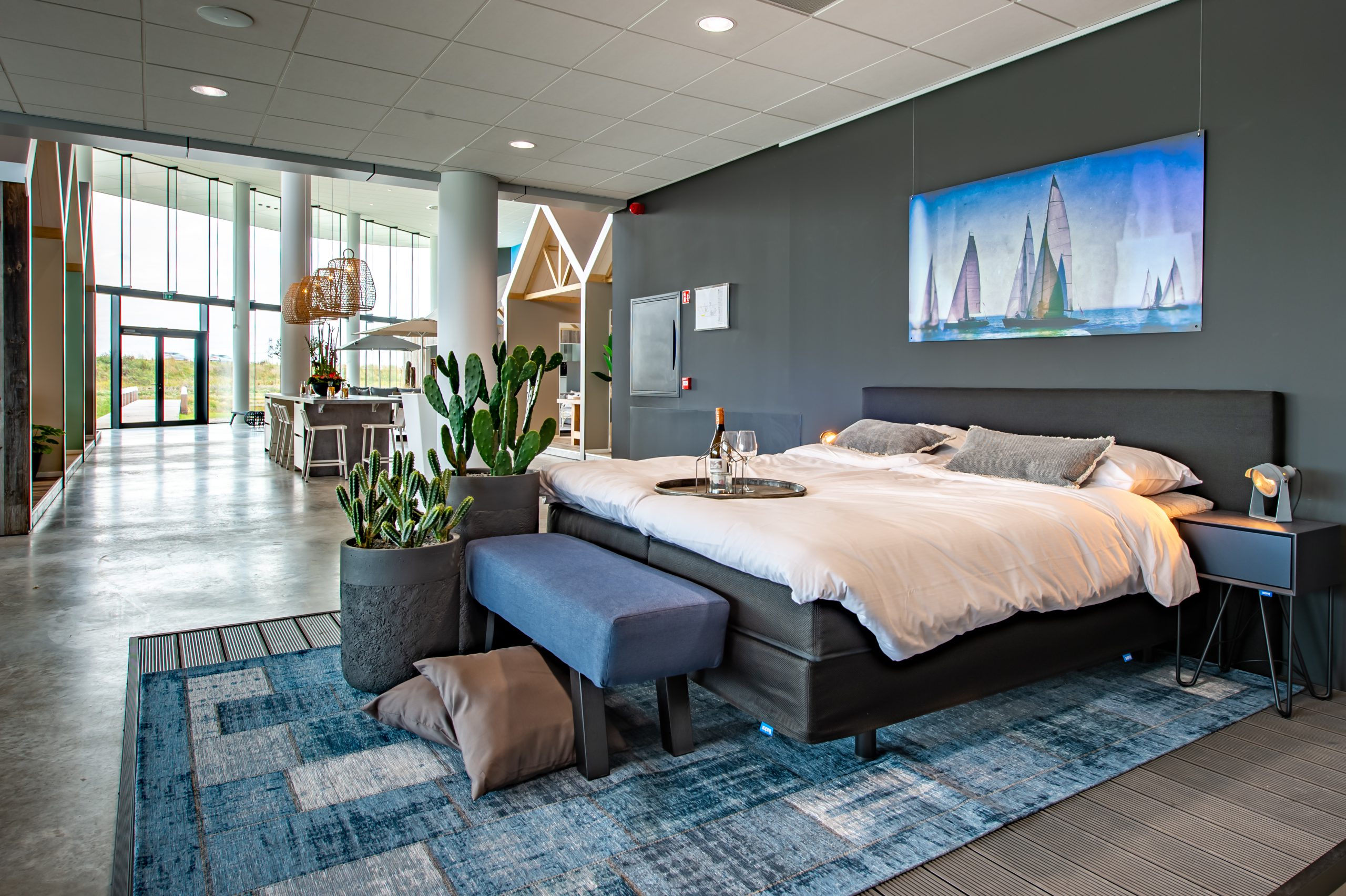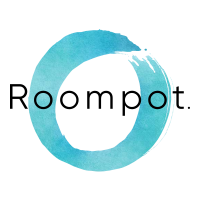Roompot: Moving the contact center to the cloud in just one month
Erik Bouwer | Klantcontact.nl
Replace an on-premise contact center application with the cloud version under high time pressure? That means no time for extensive planning, but plenty of room for the experts. Roompot and Frontline Solutions managed to complete the implementation of Genesys Cloud – from contract signing to go-live – in just one month. And all completely online, because it was during the peak of the COVID-19 pandemic.
 In a normal year, Roompot’s guest service has slightly fewer than a million contacts with guests. But last year and this year, there were peaks at certain times that were four times higher than usual. The first year of the COVID-19 pandemic had a huge impact on the organization, especially on the guest service. In providing information to guests, Roompot not only had to deal with differences between countries – in Germany, each state determines its own COVID-19 policy – but also with rapidly changing policy measures in its own country. “Try to figure that out as a consumer. On Monday we prepared for what would be announced on Tuesday, so we could implement it on Wednesday, with the prospect that it could change again on Friday,” summarizes Remco Smit.
In a normal year, Roompot’s guest service has slightly fewer than a million contacts with guests. But last year and this year, there were peaks at certain times that were four times higher than usual. The first year of the COVID-19 pandemic had a huge impact on the organization, especially on the guest service. In providing information to guests, Roompot not only had to deal with differences between countries – in Germany, each state determines its own COVID-19 policy – but also with rapidly changing policy measures in its own country. “Try to figure that out as a consumer. On Monday we prepared for what would be announced on Tuesday, so we could implement it on Wednesday, with the prospect that it could change again on Friday,” summarizes Remco Smit.
Smit started as a consultant at Roompot in the summer of 2020, during the peak of the COVID-19 pandemic, but is now Head of Guest Service at Roompot. “My assignment was to advise: how do we prepare the guest service for the future? Roompot is a company that is on the move, with significant ambitions.”
Crisis scenario: handling large volumes
While (despite 240 lines) the phone was ringing off the hook, Roompot had to facilitate working from home. To enable almost the entire staff to help guests by phone, Roompot took a drastic measure by working with hunt groups instead of the ACD. Routing, measuring and managing were abandoned and the focus was on handling large volumes by a large group of employees. Everyone pitched in. In the same period, management changes also took place in the IT organization, after which the choice for a cloud solution was seen as obvious, but it took some extra time to make the final choice for the cloud model.
“It’s not that we could have handled many more contacts if we had switched directly to Genesys Cloud,” Smit relativizes. “In this crisis period, priority was really given to helping guests rather than thinking about customer journeys – something that the chaotic situation didn’t lend itself well to.”
The choice: Genesys Cloud CX
 Of course, Roompot first thoroughly explored the possibilities of Genesys Cloud and is therefore convinced of the choice for the cloud solution of Genesys. “Although there is enough supply of alternatives and challengers, if you look at other suppliers: they are all developing what Genesys already has,” Smit believes. “A certain ‘tradition’ is quite important for contact center platforms: knowledge that has been built up over a longer period. Moreover, Genesys explicitly focuses all development activities on the cloud proposition. There is still some work to be done, especially in the area of WFM, but I have confidence in that.
Of course, Roompot first thoroughly explored the possibilities of Genesys Cloud and is therefore convinced of the choice for the cloud solution of Genesys. “Although there is enough supply of alternatives and challengers, if you look at other suppliers: they are all developing what Genesys already has,” Smit believes. “A certain ‘tradition’ is quite important for contact center platforms: knowledge that has been built up over a longer period. Moreover, Genesys explicitly focuses all development activities on the cloud proposition. There is still some work to be done, especially in the area of WFM, but I have confidence in that.
Together with Frontline Solutions and others, we compared the various scenarios. It turned out that migration to Genesys Cloud in combination with support from Frontline Solutions was the best and financially the most advantageous option.” In addition to the well-known advantages of the cloud for hybrid working, the easy integration with CRM application Salesforce with Genesys cloud solution is a big advantage: that integration was also realized within four weeks, as was the integration with WFM tool Injixo.
“At contact center platforms, a certain ‘tradition’ is important. In addition, Genesys explicitly focuses all development activities on the cloud proposition.”
The implementation: pressure cooker
Once the decision was made, there was a need for a fast migration from the ‘office telephony’ setup to Genesys Cloud. In fact, because Roompot’s summer season was about to start, the supplier was expected to complete the entire implementation within one month. Complicating factors included limited availability of specialists (as the May holiday fell within the implementation period), and the COVID-19 pandemic, which made physical meetings impossible. Furthermore, the short timeline did not allow much room for an extensive plan of approach. It was all about quickly assembling a team, defining sprints, compiling a comprehensive task list and getting to work.
Agile approach with co-creation
The team that worked very closely together for a month had a clear goal in mind, but also shared a preference for thinking in solutions rather than limitations. Every day on which the entire team was available began with a daily stand-up to briefly discuss the work and assign tasks. At the end of the day, the team went over their ‘homework’ for the next day. The to-do list included various tasks, such as arranging sip trunks, renewing the number plan, determining overflows, routing, and finding a place for different spoken announcements. They also had to make decisions about reducing the number of call flows that existed in the old setup, or authenticating work such as cleaning up files around user profiles and roles.
As needed, short Teams sessions were used throughout the day for coordination. All issues that arose were addressed and resolved through co-creation. Functional design, configuration, and testing were all done simultaneously. “This can only happen if the team has both sufficient knowledge and mandate. The result was that issues that were discussed in the morning were implemented during the course of the morning.”
Issues that were discussed in the morning were implemented during the course of the morning.
Finished after four weeks
The requirement for a redundant environment meant that infrastructure had to be available on and to two separate physical cloud contact center environments. The task of arranging redundant hardware and lines proved to be more difficult than expected. As a result, the migration was ultimately completed after six weeks. “But otherwise, we could have done it in four weeks.” Smit concludes: “The team from Frontline Solutions worked hard, even in the evenings and on weekends. We used that extra time meaningfully for extra communication and training. The go-live itself went smoothly.”
Onboarding new colleagues quickly
The migration led to several process adjustments that have concrete benefits. “For example, we now work with different priorities in routing for different labels, combined with skill-based routing and revising training for different skills. At Roompot, answering questions about an existing booking is often much more complex than taking a new booking.
The result is that we can now put a new employee in the line after only four days of targeted training by primarily routing new bookings to this employee – which significantly contributes to production given the volume. This way, the employee gains experience immediately, and subsequent training is much more effective. Previously, a new employee was only put in the line after eleven training days. The question is what remains of an agent’s absorptive capacity after a week of training,” says Smit.
Since the migration, the accessibility – despite continuing busyness – has significantly improved. Smit saw waiting times drop by three-quarters to just a few minutes on the day of the migration. “That’s still not good enough, but it’s much better than 40 minutes in a crisis,” says Smit. “We inform callers better now about potential waiting times and have a good insight into ‘short abandonment’. After working in a hunt group for a year and a half, employees had to get used to the fact that calls are offered on their headset when they are available.
Faster scaling and more future-proof
With Genesys Cloud CX, Roompot’s contact center is able to easily scale up per month, as almost all other things are ‘in place’. This makes the organization more agile – for example, to connect a new partner or to keep track of the traffic coming from the various park receptions. “In any case, we are much better prepared for and resilient to a crisis scenario such as the one around corona. For example, you can also make a better distinction between regular business and crisis management in guest contact – so that you can choose between urgent and important or just important. What I want to achieve is that we have insight into and can take into account the context of the customer and where they are located when answering a guest question: at home on the couch, or in one of our accommodations. Connected dialogues, therefore.”
About Roompot
Roompot is a leading provider of holiday parks in Europe. More than 2,100 employees are ready every day to let guests enjoy a well-deserved vacation. Every year, about 13 million overnight stays are booked in the more than 17,000 holiday accommodations of Roompot. In total, the group has more than 200 holiday locations in the Netherlands, Germany, Belgium, France, and Spain in its portfolio, from beach houses to design villas, and from glamping to luxury camping on farms. The guest service department has around 60 FTEs and serves guests from all countries through multiple channels. In the summer of 2021, Roompot announced its intention to build a pan-European organization with competitor Landal GreenParks. The combination would comprise about 300 parks and 32,000 accommodations in 11 countries. https://www.roompot.nl/



